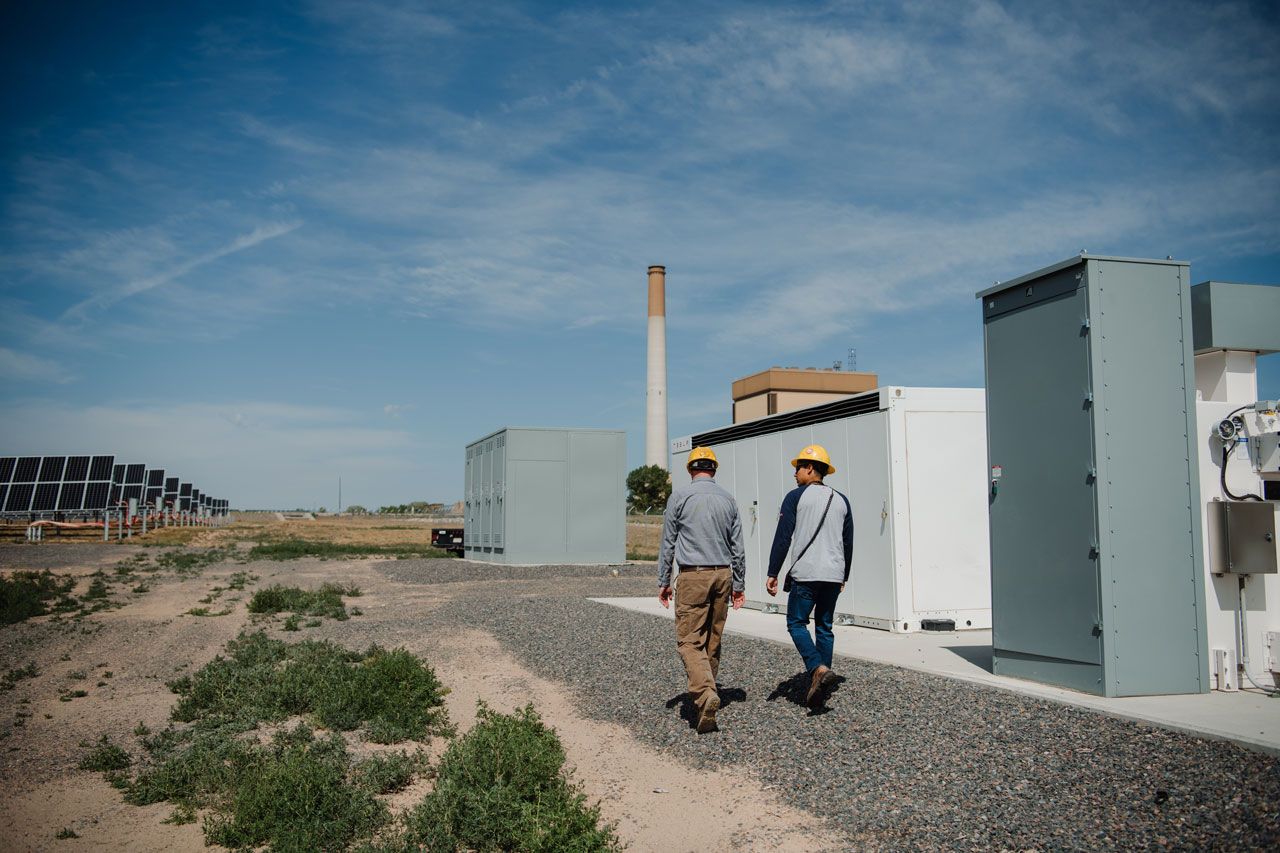Of Biologists, Physicists and Computers
“The problems we face in medicine are getting too complicated to address within a single discipline,” said associate director Jana Watson-Capps. “We are trying to find people who do not fit into a single research box, and bring them together.”
Conceived in 2002, the BioFrontiers Institute officially opened its doors last spring, moving into a new 336,800-square-foot facility thoughtfully designed to bring together physicists, biologists, computer scientists, and state-of-the art technologies to tackle tough biotech puzzles.
SPONSORED CONTENT
How dispatchable resources enable the clean energy transition
Platte River must prepare for the retirement of 431 megawatts (MW) of dispatchable, coal-fired generation by the end of the decade and address more frequent extreme weather events that can bring dark calms (periods when there is no sun or wind).
The Institute has CU-Boulder funding to hire a dream team of 20 new faculty members whose research interests lie between or across disciplines. So far nine have been hired; they include an evolutionary biologist using high-throughput gene sequencing to better understand human gut bacteria and a physicist/biologist using state-of-the-art imaging to understand the role disordered proteins in cells play in Alzheimer’s disease.
The institute is also reaching out to industry, inviting private companies not only to use its sequencing and imaging facilities, but also to collaborate with its scientists on risky, out-of-the-box projects.
“Sequencing projects often go overseas because of cost considerations, but I think companies are finding that the choices are limited, and their offerings are not really flexible enough to support novel ideas,” said Jim Huntley, director of the Institute’s sequencing facility. “Here, we have expertise to develop risky applications that the biotech industry relies on.”
With shared lab space, restaurants, and a Main Street that passes through numerous “research neighborhoods,” the building is designed to force scientists to step out of their silos and individual research goals, and to interact on bigger-picture projects.
The plan appears to be working, according to Watson-Capps.
“To see the new research projects that have sprung up from people meeting over cookie hour or at barbecues or coffee is amazing,” she said.
“The problems we face in medicine are getting too complicated to address within a single discipline,” said associate director Jana Watson-Capps. “We are trying to find people who do not fit into a single research box, and bring them together.”
Conceived in 2002, the BioFrontiers Institute officially opened its doors last spring, moving into a new 336,800-square-foot facility thoughtfully designed to bring together…
THIS ARTICLE IS FOR SUBSCRIBERS ONLY
Continue reading for less than $3 per week!
Get a month of award-winning local business news, trends and insights
Access award-winning content today!

